
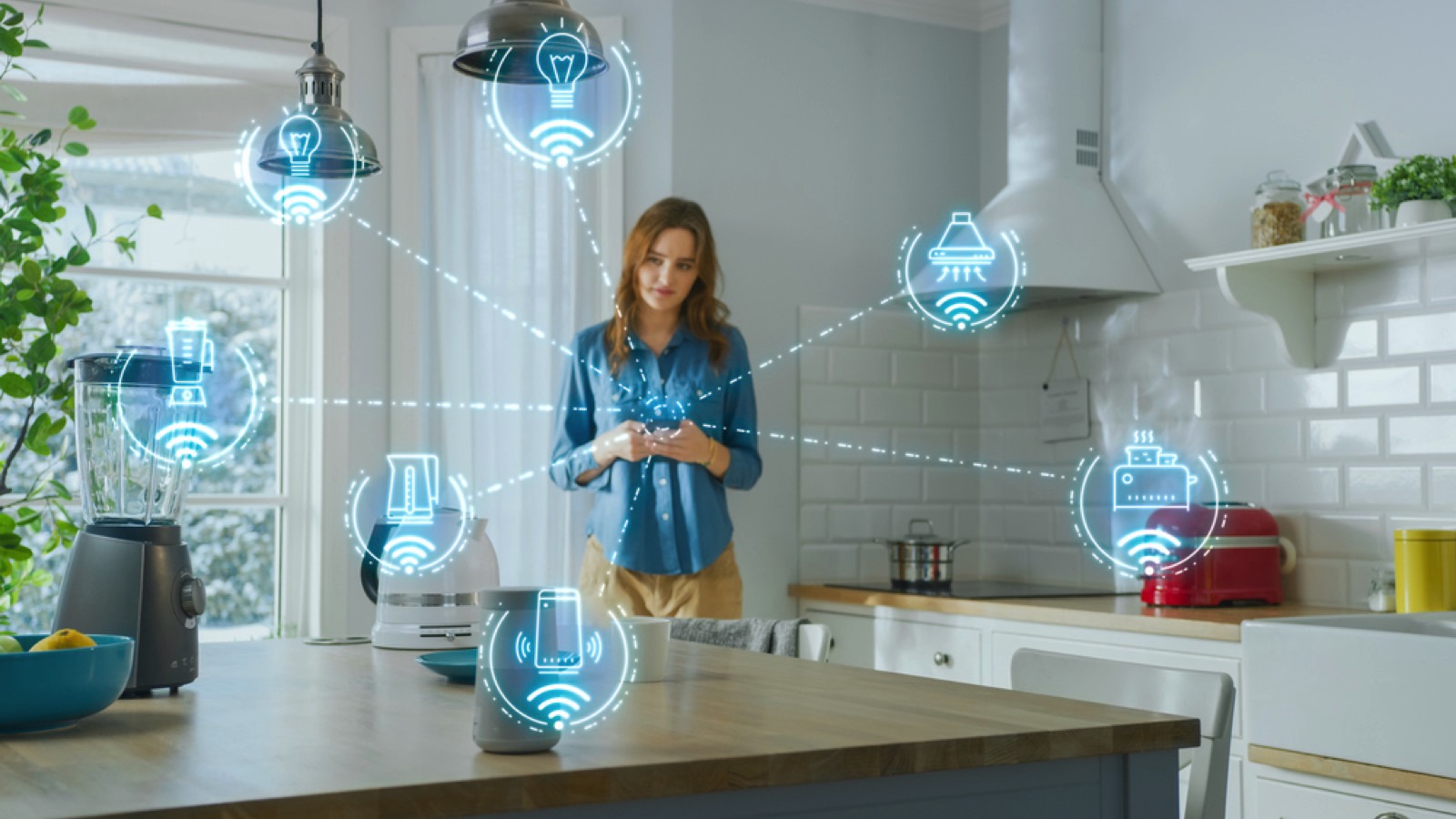
Your privacy is under siege in ways you might not even realize. From hidden trackers to data breaches, the threats in our high-tech world are more invasive than ever.
With each new technological advancement, new privacy risks emerge. Everything from seemingly harmless apps to sophisticated cyber-attacks can compromise your personal information, making it crucial to stay informed about these dangers.
We’ve identified the most pressing threats to your privacy to help you navigate the digital landscape more safely. By highlighting these risks, we aim to empower you with the knowledge needed to protect your personal data and maintain control over your digital footprint.
1. Smart Home Devices
Smart home devices, such as voice assistants and security cameras, can make our lives more convenient, but they also pose a significant risk to our privacy. These devices are always listening and can record sensitive conversations or images without our knowledge. Hackers can also gain access to these devices and use them to spy on us.
2. Social Media
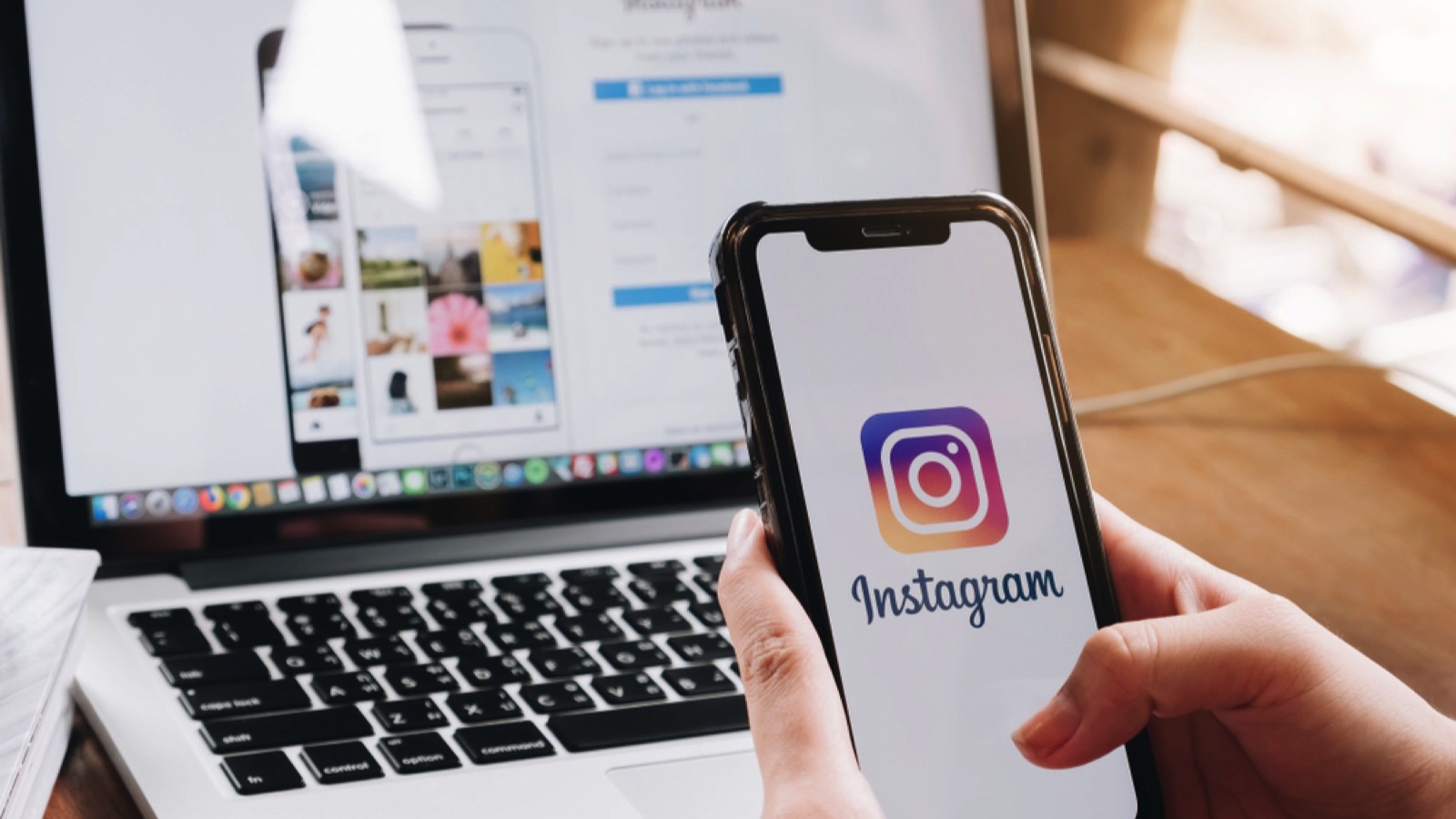
Social media platforms do collect substantial amounts of personal data, but it is generally not sold directly to third parties. Instead, this data is often used to target ads within the platform. Social media platforms do face risks of data breaches which could lead to identity theft, but direct sale of data to third parties is not as common.
3. Phishing Scams
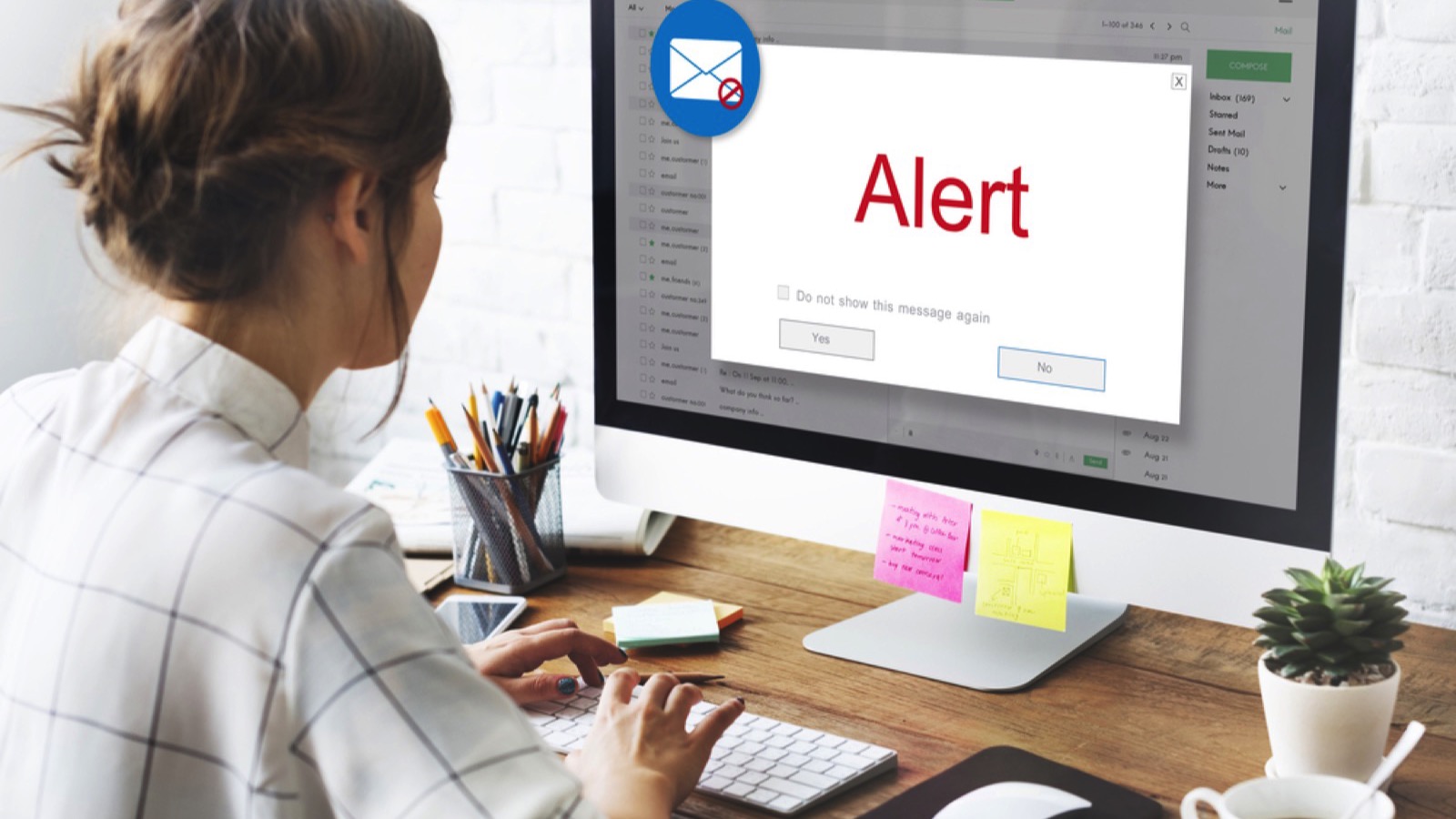
Phishing scams are a common tactic used by cybercriminals to trick people into revealing sensitive information, such as login credentials or financial data. These scams often come in the form of emails or text messages that appear to be from legitimate sources. Falling for a phishing scam can lead to identity theft or financial losses.
4. Public Wi-Fi
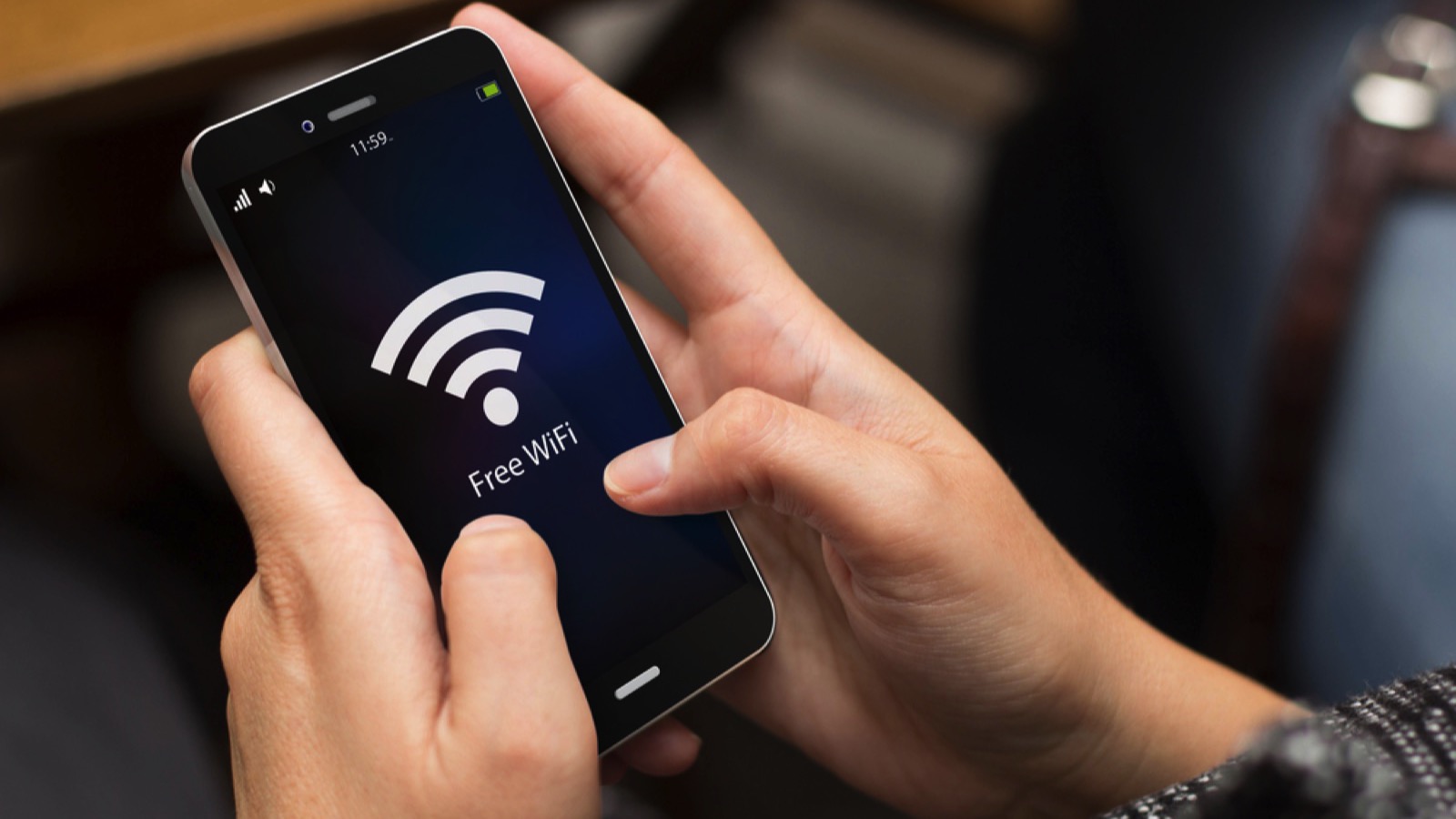
Public Wi-Fi networks, such as those found in coffee shops or airports, are often unsecured and can be easily hacked. When we connect to these networks, cybercriminals can intercept our data. This includes sensitive information like login credentials, financial data, and personal messages.
5. Malware
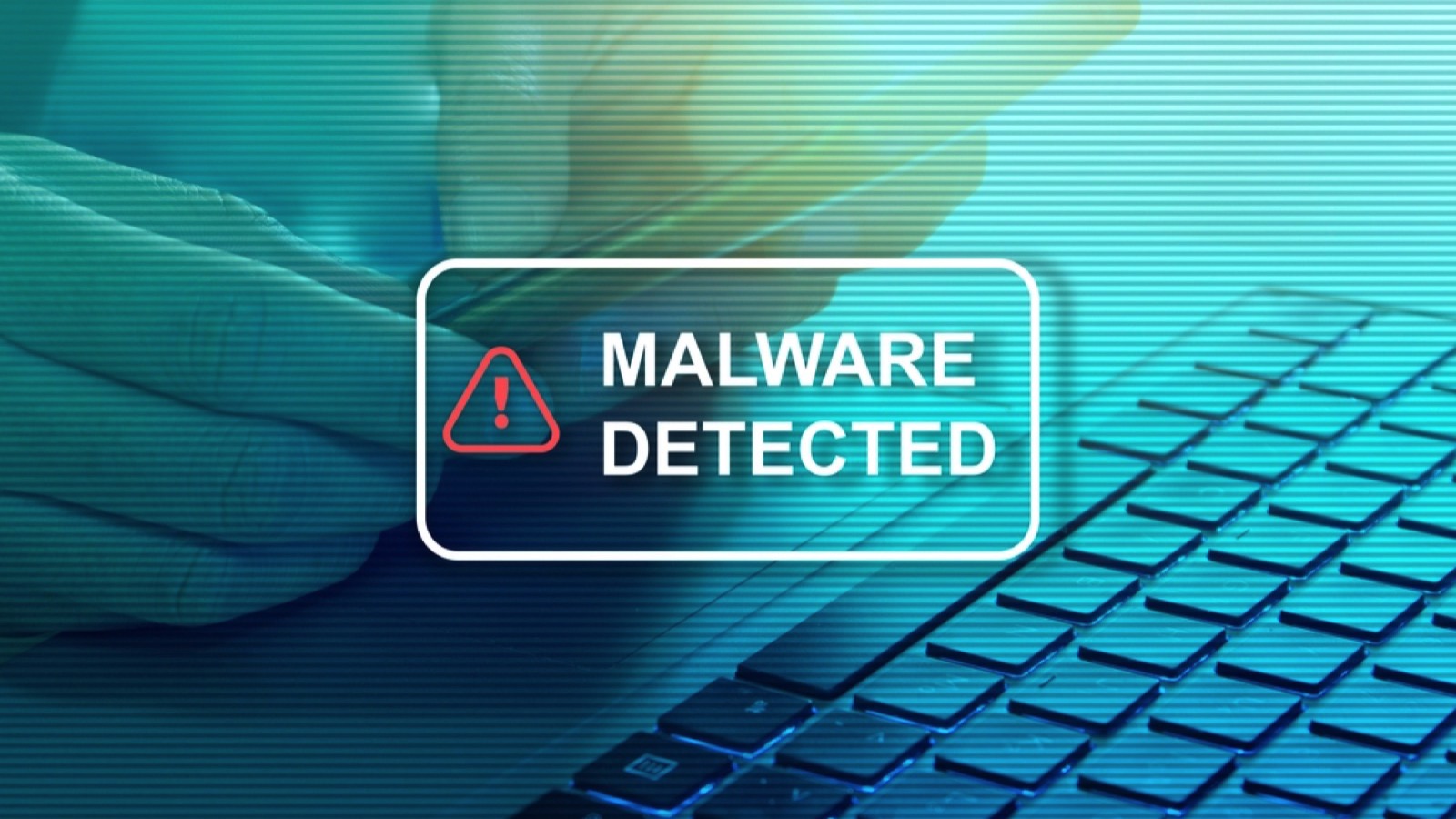
Malware, short for malicious software, is designed to damage or gain unauthorized access to our devices. This can include viruses, trojans, and spyware. Malware can steal our personal data, track our online activities, or even take control of our devices.
6. Data Breaches
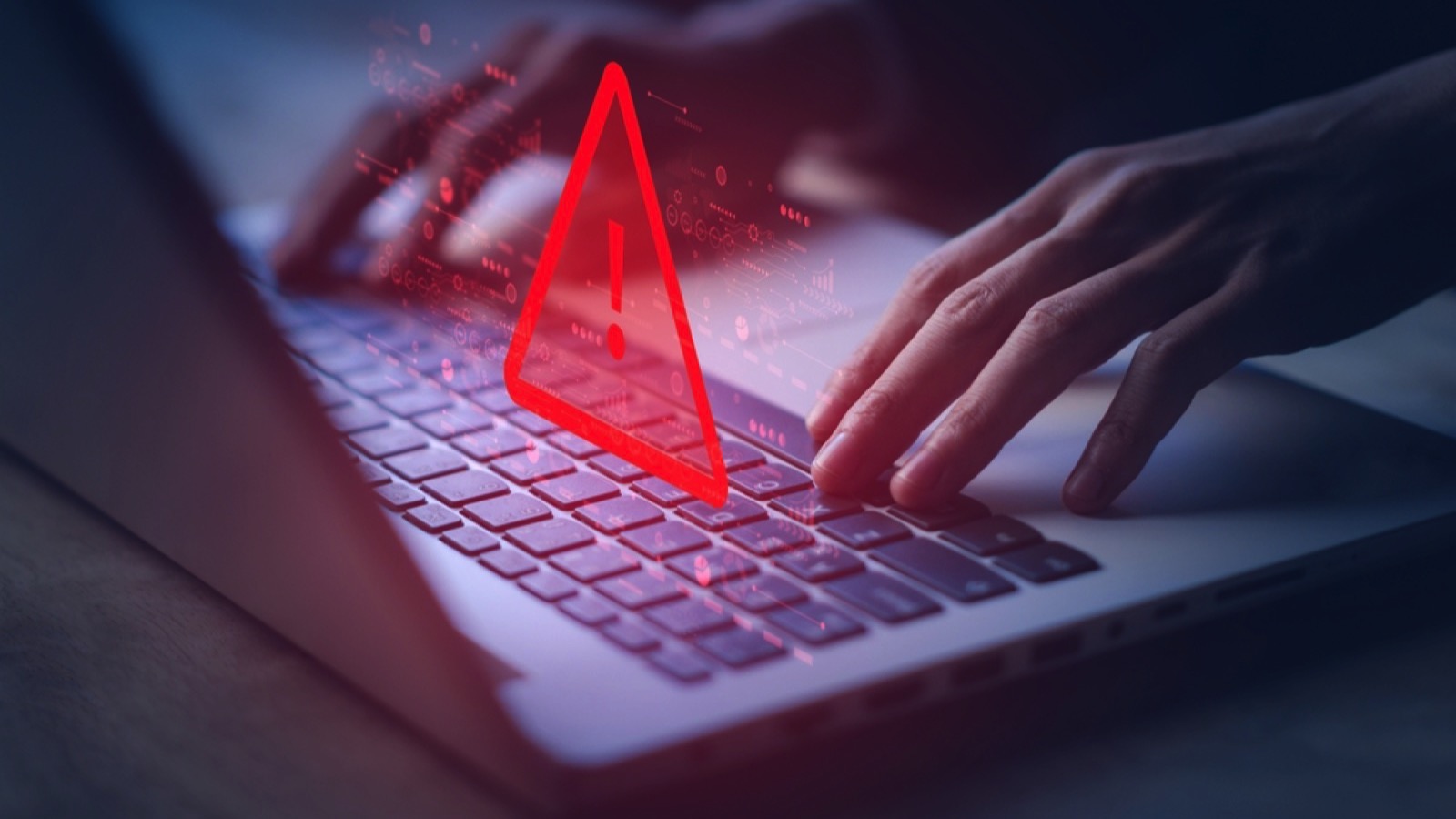
Data breaches occur when cybercriminals gain access to a company’s database and steal customer information, such as names, addresses, and credit card numbers. These breaches can lead to identity theft and financial losses. Even if we trust a company with our personal data, there’s always a risk that it could be compromised.
7. Geolocation Tracking
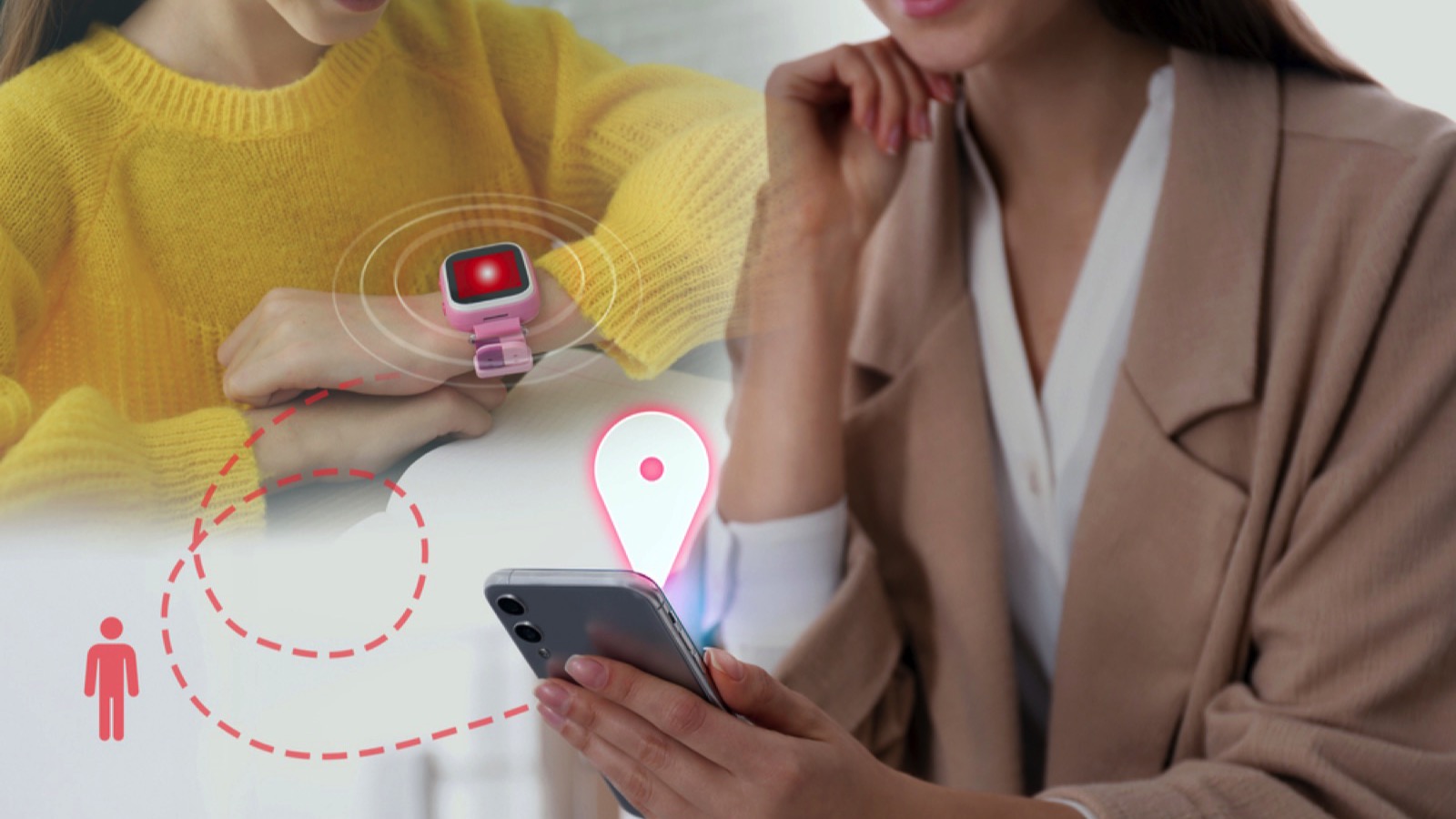
Many apps and websites use geolocation tracking to provide location-based services, such as weather forecasts or nearby restaurants. However, this information can also be used to track our movements and build a detailed profile of our daily routines. This data can be sold to advertisers or used by stalkers to monitor our whereabouts.
8. Facial Recognition
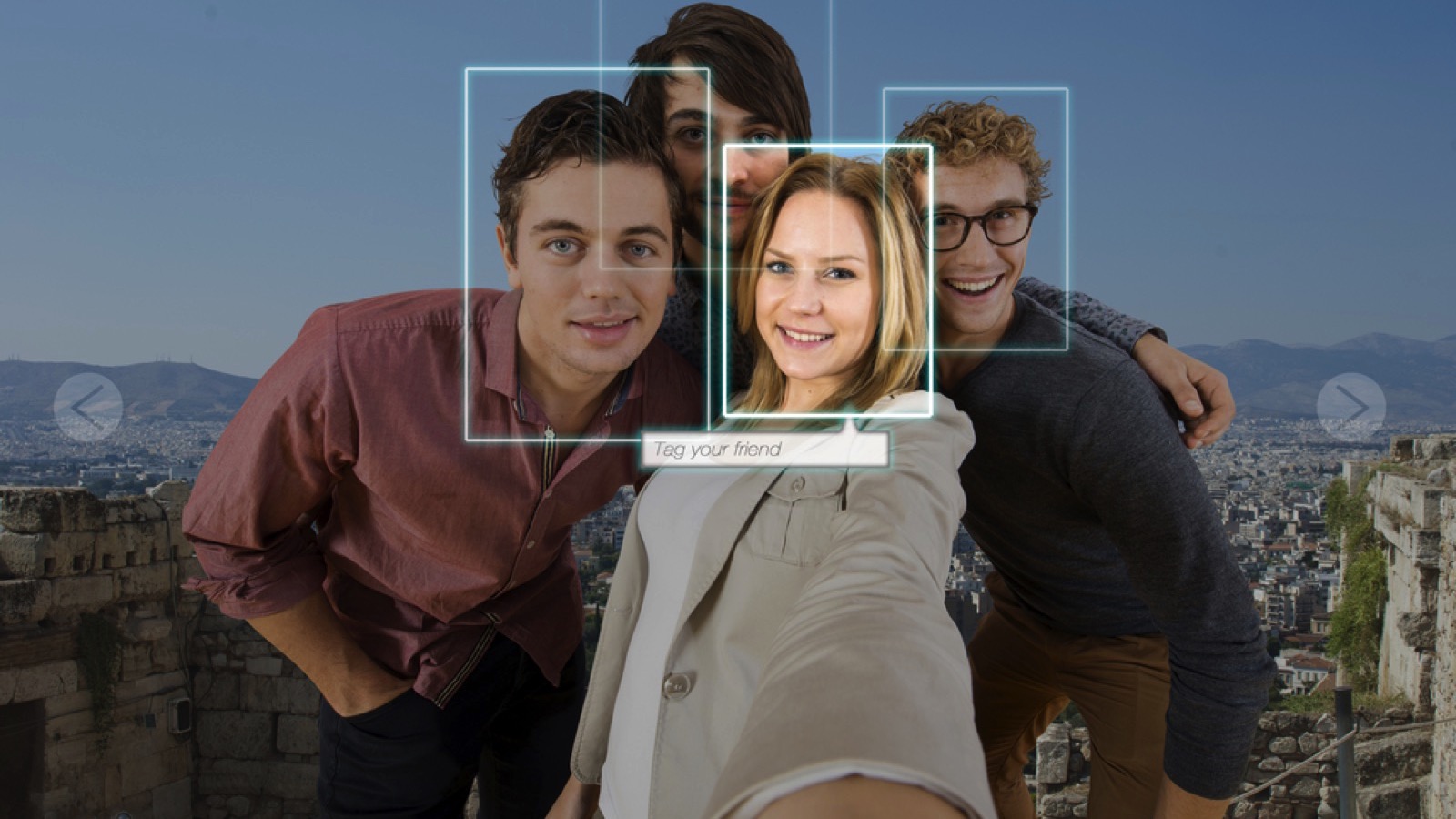
Facial recognition technology is becoming increasingly common, with applications ranging from unlocking our phones to identifying criminals. However, this technology can also be used to track our movements and invade our privacy. In some cases, facial recognition data has been sold to third parties without our consent.
9. Internet of Things (IoT)

The Internet of Things (IoT) refers to the growing network of connected devices, such as smart appliances and wearable technology. While these devices can make our lives more convenient, they also collect vast amounts of personal data. This data can be used to build detailed profiles of our habits and preferences, which can be sold to advertisers or used for other purposes.
10. Cloud Storage

Cloud storage services like Google Drive and Dropbox allow us to store files and documents online. While this is convenient, it also means our data is stored on someone else’s servers. However, these services typically have strong security measures in place. The risk of data exposure largely depends on the security practices of the service provider and the user’s own security measures.
11. Browser Extensions

Browser extensions can add useful features to our web browsers, but they can also pose a risk to our privacy. Users should review permissions and choose extensions from reputable sources to mitigate these risks.
12. Keyloggers

Keyloggers are a type of malware that records every keystroke we make on our devices. This includes login credentials, personal messages, and financial data. Cybercriminals can use keyloggers to steal our sensitive information and commit identity theft or financial fraud.
13. Metadata

Metadata is data that describes other data. For example, when we take a photo with our smartphone, metadata is created that includes the date, time, and location of the photo. This information can be used to track our movements and build a detailed profile of our daily routines.
14. Dark Web Marketplaces

The dark web is a hidden part of the internet that can only be accessed using special software. Cybercriminals often use it to buy and sell stolen personal data, such as login credentials and financial information. If our data is stolen in a data breach, it could end up for sale on the dark web.
31 Ways to Boost Home Security: How to Fortify Your Fortress and Deter Burglars

We sadly live in a society where it’s all too common for criminals to want to take what we’ve worked hard to get. The results of a break-in are traumatic, too. Beyond just losing your stuff. Victims often feel violated, anxious, and unsafe, sometimes for years after the event.
Prevention is the best way to stay safe. And, while you shouldn’t have to turn your home into a fortress, that’s the stark reality of our world. But you can take plenty of simple steps to deter burglars and ensure your home is less attractive to would-be thieves.
14 Pieces of Outdated Money Advice That Can Derail Your FIRE Plan
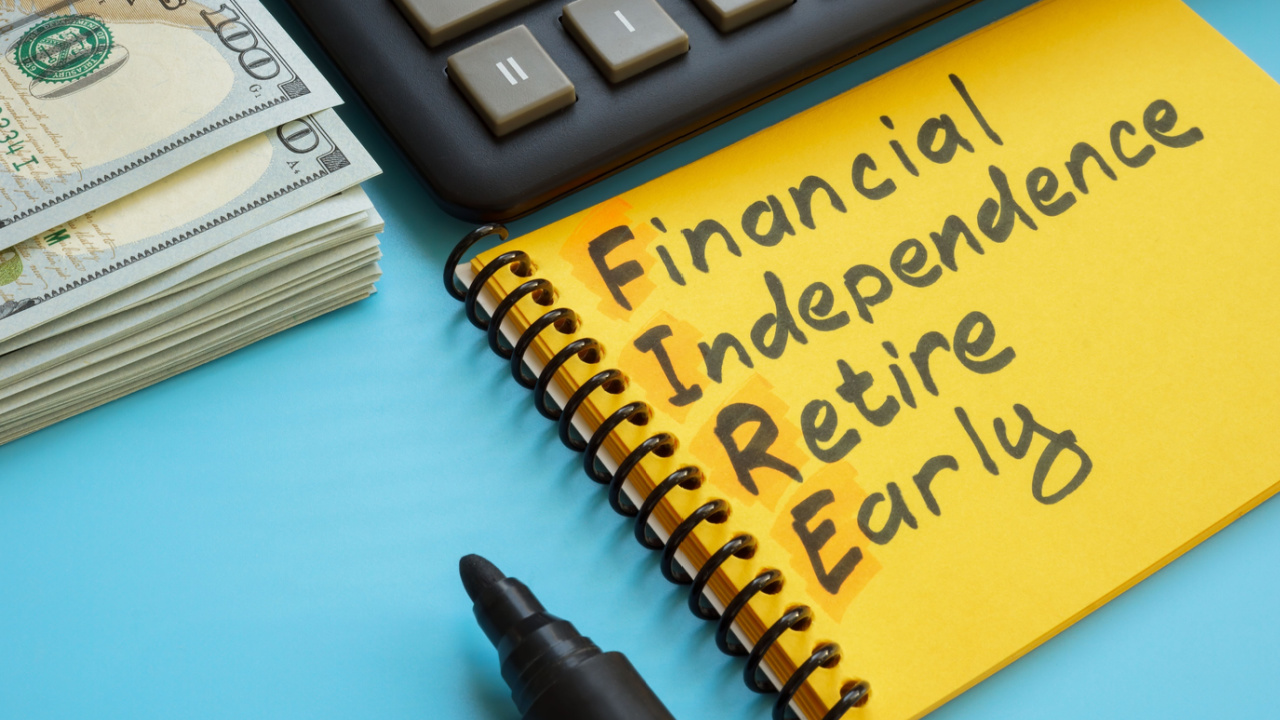
FIRE – Financial Independence, Retire Early. That’s the dream, right? Quit the rat race and live life on our own terms. It’s totally doable. Plenty of people join the FIRE movement and manage to retire pretty quickly. And there’s a LOT of advice out there on how to do it. Sadly, much of the advice is outdated or just plain bad.
12 Money Mistakes That Can Leave You Vulnerable in a Crisis
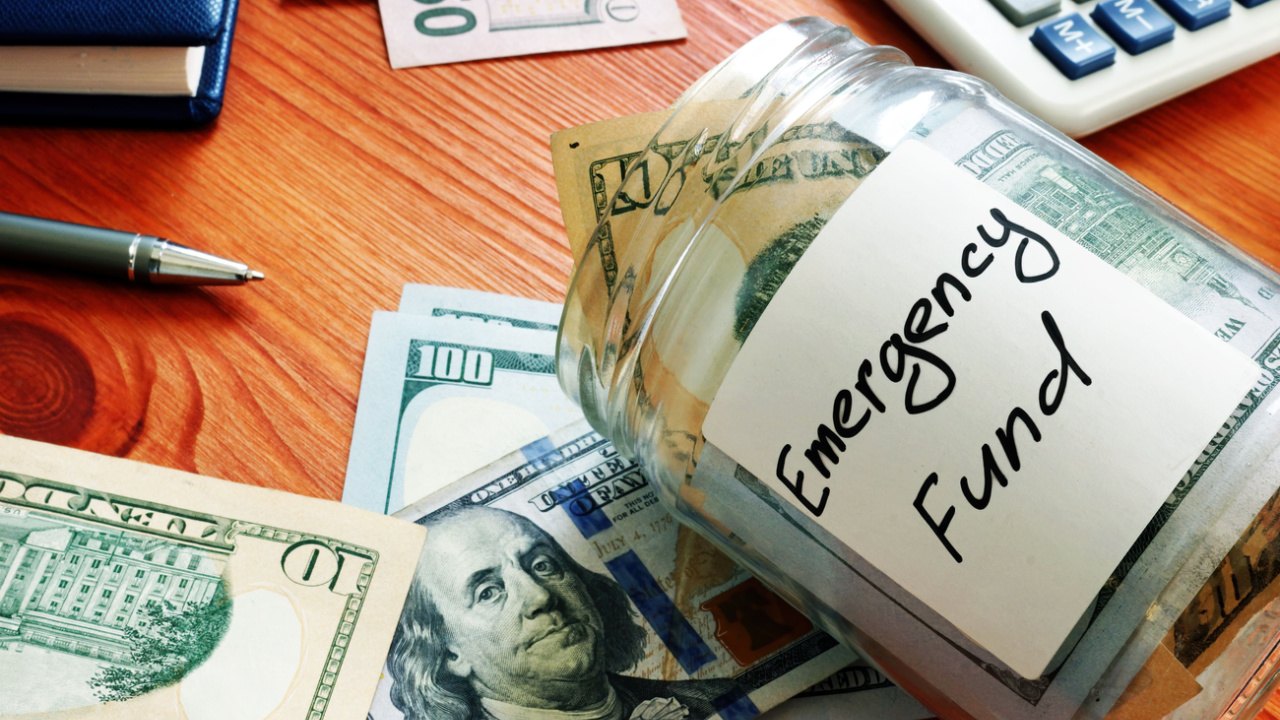
In times of uncertainty, financial stability is more crucial than ever. While prepping for physical emergencies is vital, don’t overlook financial prepping. Avoiding these common money mistakes can help make sure you’re in a stronger position to weather any storm.



